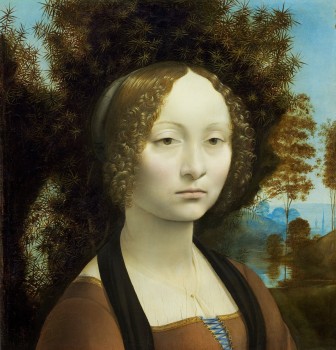
Portrait Painting in Florence in the Later 1400s She was the daughter of a wealthy Florentine banker, and her portrait—the only painting by Leonardo da Vinci in the Americas—was probably …
Read More →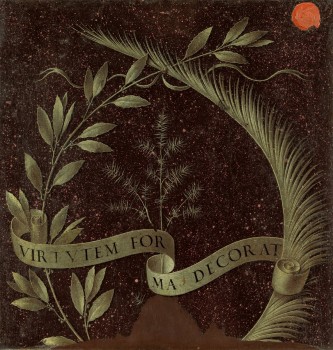
Ginevra de’ Benci’s portrait is two-sided. This is the back, an emblematic portrait of Ginevra. A scroll bears her Latin motto, meaning “Beauty Adorns Virtue.” In the emblem’s center, a …
Read More →The Mona Lisa is a half-length portrait of a woman by the Italian artist Leonardo da Vinci, which has been acclaimed as “the best known, the most visited, the most …
Read More →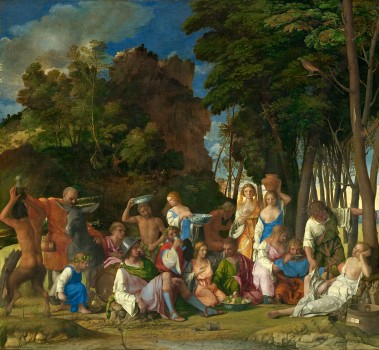
Giovanni Bellini and Titian’s The Feast of the Gods is one of the greatest Renaissance paintings in the United States by two fathers of Venetian art. In this illustration of …
Read More →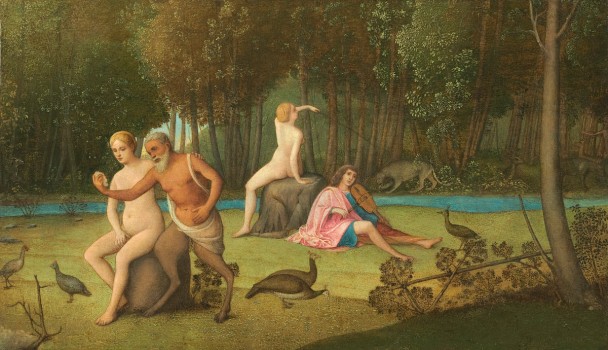
Artist: Venetian 16th Century Title: Orpheus Dated: c. 1515 Medium: oil on panel transferred to canvas Classification: Painting Dimensions: overall: 39.5 x 81 cm (15 9/16 x 31 7/8 in.) …
Read More →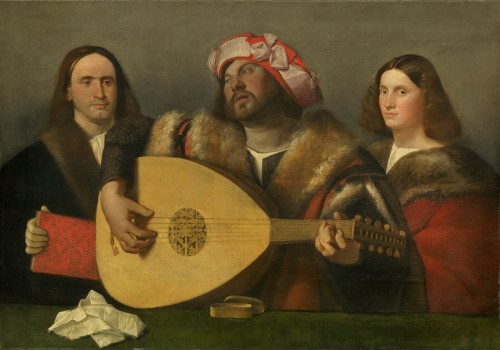
Reproduced on the cover of the standard monograph on Cariani, A Concert is widely regarded as the artist’s masterpiece. The painting first came to light in the 1960s, when it …
Read More →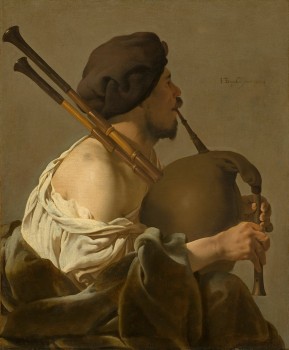
Hendrick ter Brugghen (1588–1629), as no other Dutch artist, could capture the rhythms of music in the very way he composed his paintings. His musicians lean into their instruments, their …
Read More →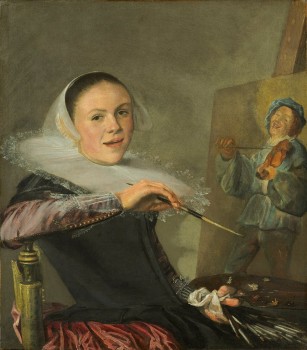
Judith Leyster’s Self–Portrait exudes pride and self–confidence, and it has become one of the National Gallery of Art’s most popular Dutch paintings. Leyster has depicted herself at her easel, briefly …
Read More →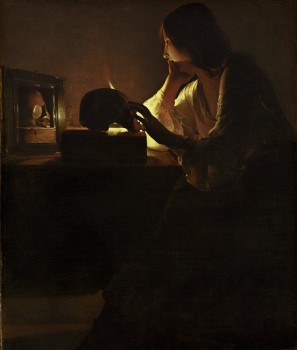
According to the tenets of the 17th–century Catholic church, Mary Magdalen was an example of the repentant sinner and consequently a symbol of the Sacrament of Penance. According to legend, …
Read More →
In 17th-century Europe, many artists drained their paintings of bright colors, creating drama instead through strong contrasts of light and dark. This installation of six paintings in the European art …
Read More →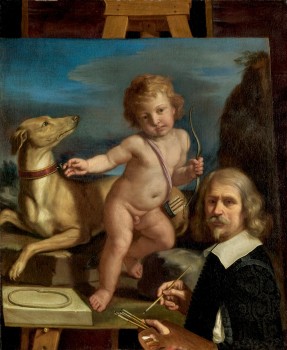
Giovanni Francesco Barbieri (February 8, 1591 – December 22, 1666), best known as Guercino or Il Guercino, was an Italian Baroque painter and draftsman from the region of Emilia, and …
Read More →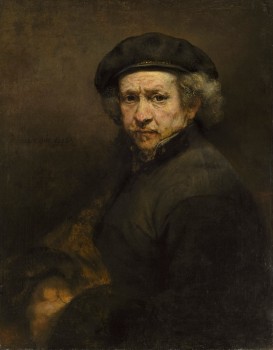
Rembrandt van Rijn painted, drew, and etched so many self–portraits in his lifetime that changes in his appearance tempt us to gauge his mental state by comparing one image to …
Read More →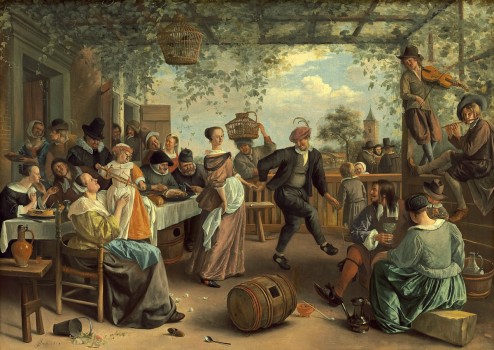
The mood and subject matter in Steen’s paintings range enormously, from intimate moments when a family says grace before a meal to festive celebrations of Twelfth Night. But to all …
Read More →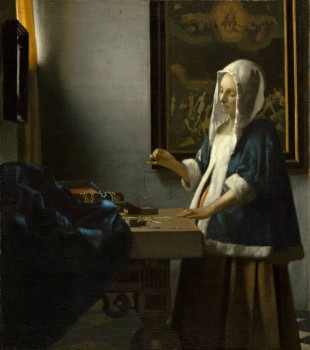
A woman dressed in a blue jacket with fur trim stands alone before a table in a corner of a room. She holds a balance in her right hand and …
Read More →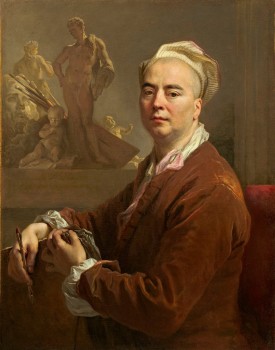
Largillière’s father, a merchant, took him to Antwerp at the age of three. As a boy, he spent nearly two years in London. Sometime after his return to Antwerp, a …
Read More →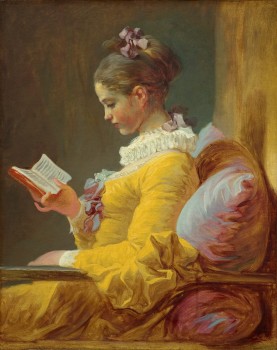
Perhaps more than the work of his two teachers, Boucher and Chardin, Jean-Honoré Fragonard’s bravura handling of brushwork and color embodies 18th-century painting aesthetics. In A Young Girl Reading, the …
Read More →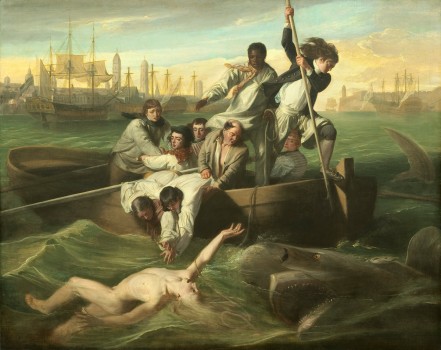
Watson and the Shark’s exhibition at the Royal Academy in 1778 generated a sensation, partly because such a grisly subject was an absolute novelty. In 1749, 14–year–old Brook Watson had …
Read More →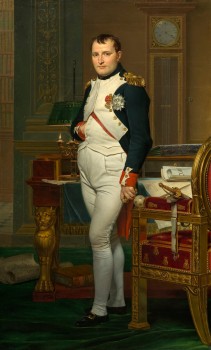
Careful examination of the details embedded in this portrait reveals the key to David’s success as a painter during the time of Louis XVI, Robespierre, and Napoleon: the artist’s ability …
Read More →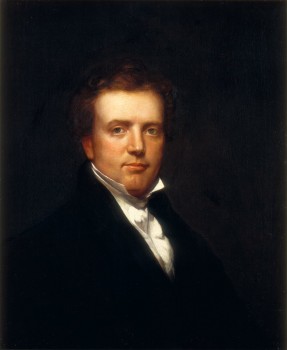
Harding was born at Conway, Massachusetts. Brought up in the wilderness of New York state, he was a lad of robust physique, standing over 6 feet 3 inches. His family …
Read More →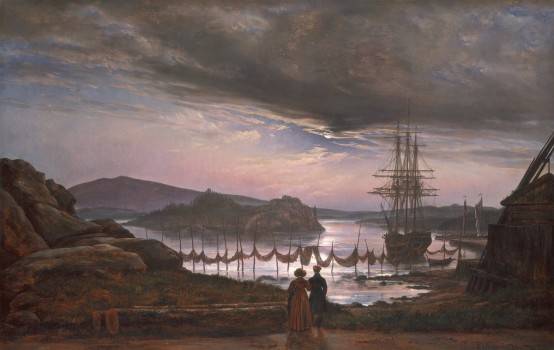
In 1811 Johan Christian Dahl moved from his native Bergen to Copenhagen, where the twenty-three-year-old landscape painter studied in the Academy of Fine Arts. Dahl combined an interest in Dutch …
Read More →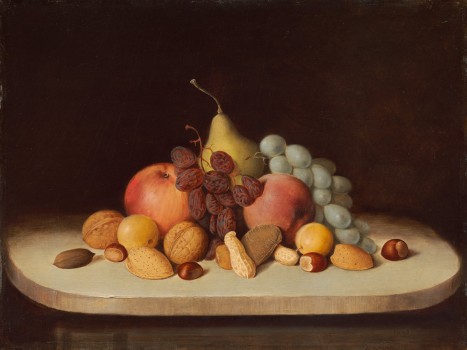
African American artist Robert Seldon Duncanson (1821–1872) was widely recognized during his lifetime for pastoral landscapes of American, Canadian, and European scenery. Recent scholarship, however, has begun to focus on …
Read More →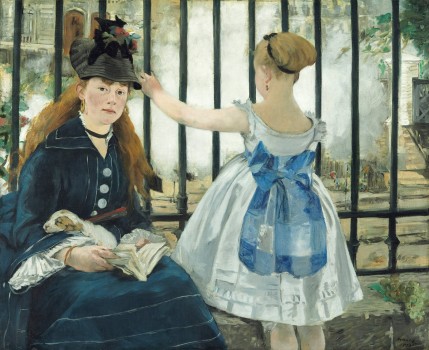
The Gare Saint–Lazare, in 1873 the largest and busiest train station in Paris, is unseen in this painting. Advances in industrial technology and train travel, intrinsic to most contemporary depictions …
Read More →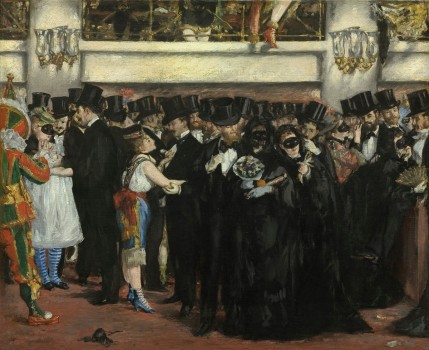
Manet came from a well–to–do family, and this painting provides a glimpse of the sophisticated Parisian world he loved. He was uncomfortable in the countryside, preferring instead the finery of …
Read More →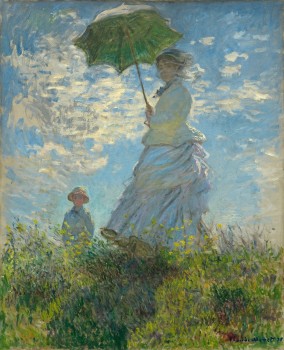
With Manet’s assistance, Monet found lodging in suburban Argenteuil in late 1871, a move that initiated one of the most fertile phases of his career. Impressionism evolved in the late …
Read More →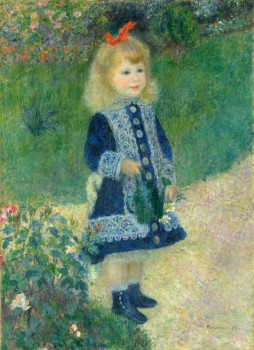
In 1876, Renoir began to paint anecdotal depictions of women and children, subjects in which he excelled. A Girl with a Watering Can, typical of these works, displays a mature …
Read More →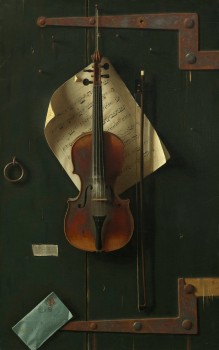
The Old Violin is one of Harnett’s most famous paintings. The subject is deceptively simple; a violin, a sheet of music, a small newspaper clipping, and a blue envelope are …
Read More →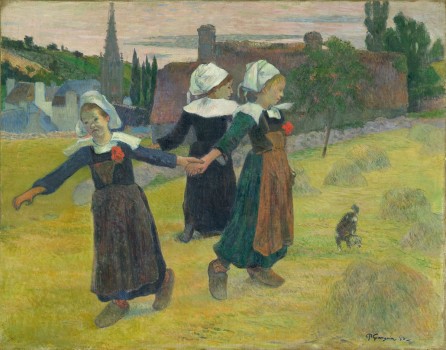
Gauguin wrote to art dealer Theo van Gogh (brother of Vincent), “I am doing a gavotte bretonne: three little girls dancing in a hayfield… The painting seems original to me, …
Read More →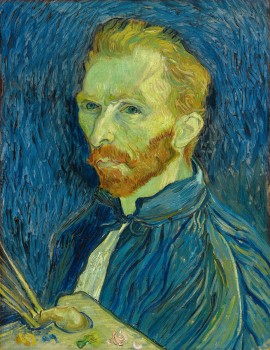
Although his career was brief, lasting a mere 10 years, Vincent van Gogh proved to be an exceptionally prolific and innovative artist. While he experimented with a variety of subjects—landscape, …
Read More →